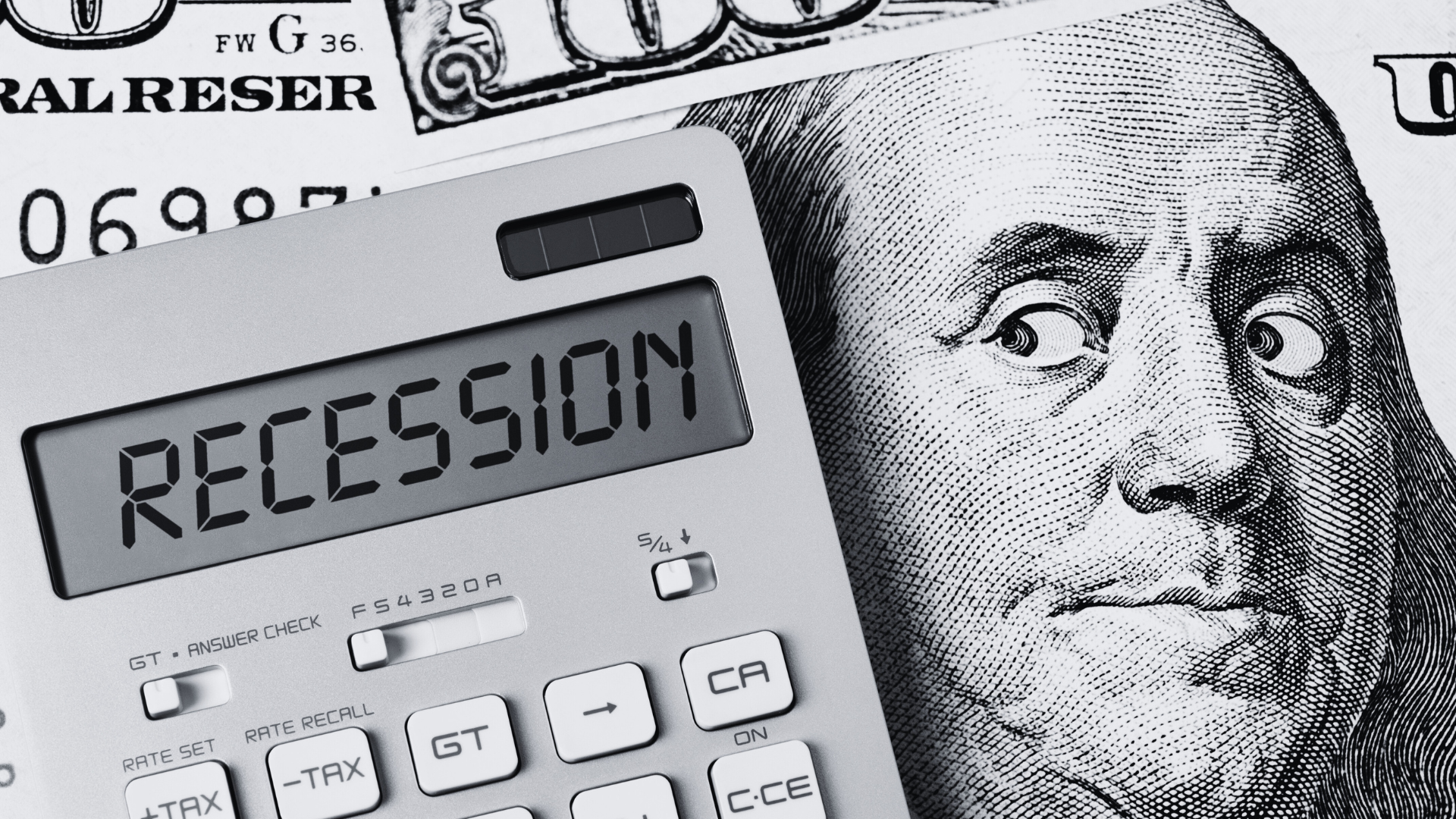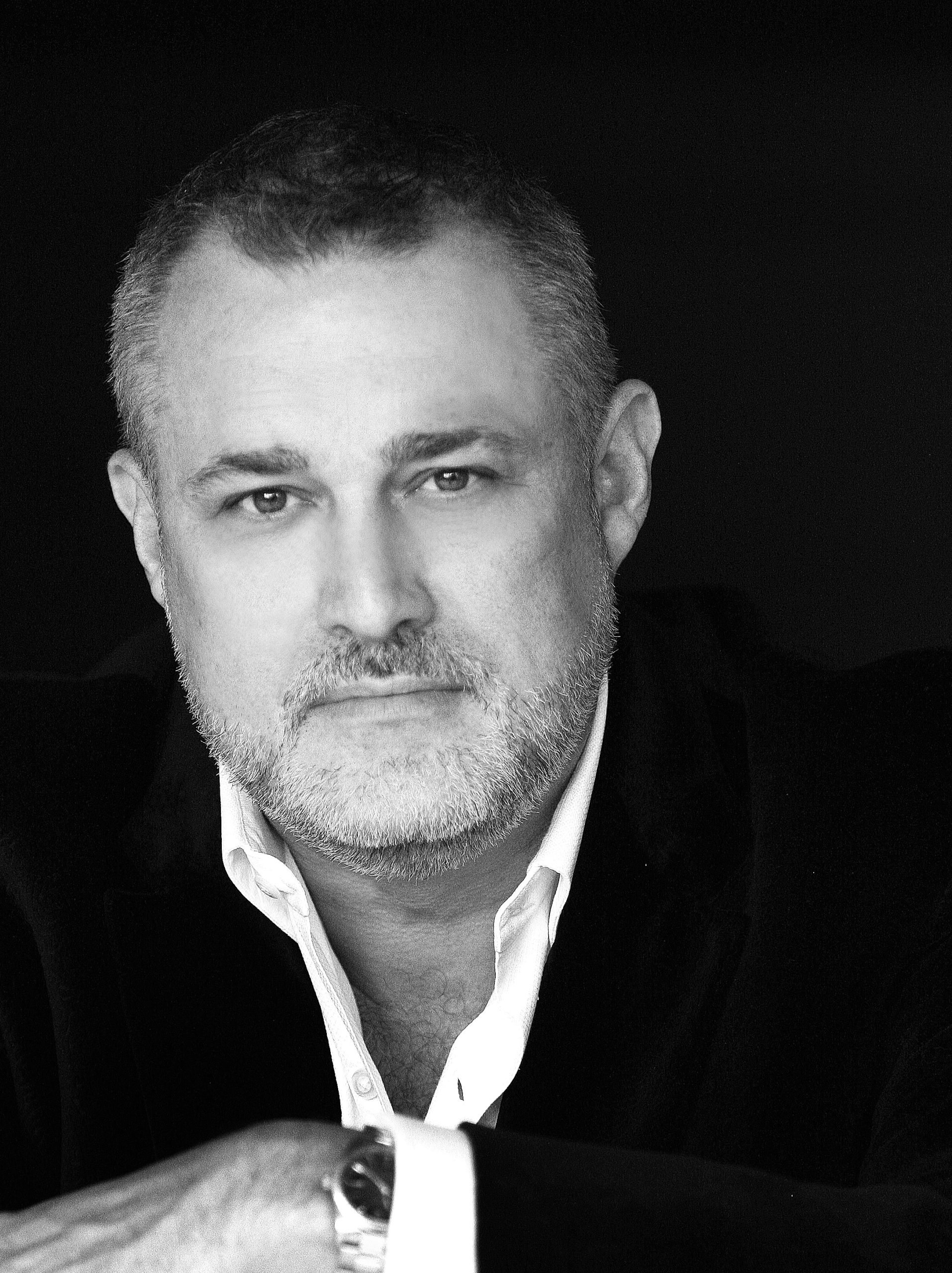
Momentum Is Like Football – Find the Seams and Break Through the Pack

is everything in business, but can you control it?
That idea came up during my recent conversation with Mark Schaefer, Chief Operating Officer at B Squared Media on All Business with Jeffrey Hayzlett.
Mark not only spent years with Alcoa, but he also teaches at the university level, is a keynote speaker, and wrote nine best-selling books. His latest work, Cumulative Advantage: How to Build Momentum for your Ideas, Business, and Life Against All Odds, which answers a pressing question in marketing today, ‘how can we be heard?’
Mark said for this book, he went beyond the usual “here’s what I’ve learned.” There’s more to growing a brand and building a business than blind faith, grit, and determination. Cumulative Advantage tackles the science of momentum.
“I went back into this sociological research that started in the 50s about momentum and that really excited (me) about it because it sort of cracks the code, but it’s never been applied in a practical way to real people and real businesses,” Mark said.
He continued, “I guarantee anybody that reads this book; you will not see the world the same. You will start seeing these patterns of momentum.”
While momentum is excellent in business, it can be hard to quantify. However, you have to be able to sustain it and adjust accordingly in order to take full advantage of it.
“Momentum is sort of like American football. We have two teams face to face against strength. The coaches they’re actually looking at this: looking at the game from above the field, trying to find an opportunity. Trying to find a seam,” Mark related. “Is someone overmatched, is someone tired, how can we burst through this seam and go as far as we can. Get that momentum going, but then they’re also looking (at) what’s next. What’s next what’s next for our momentum. It is a continuous process.”
The football analogy is a good one because when Mark talks about a seam, he’s not just talking about an opening in a play. Zooming out, he says it’s a fracture in the status quo. COVID-19, ironically enough, became one of those seams of opportunity. While many businesses failed, Mark says the number of start-ups has boomed over the last year. In 2020, over 4 million new companies started worldwide – that’s 26.9 percent, the highest increase startups have seen in the last decade.
While that is taking advantage of the situation in front of you, there is value to your momentum being organic.
“The cool thing is that most initial advantage, most momentum, you don’t need a million dollars. You don’t have to have a Harvard education. Most initial advantage happens through random events,” Mark said. “An idea, someone you meet—inspiration from a book, or perhaps from your show that leads to an idea. Then you need to pursue it, test it against the seam.”
“Once you’re building momentum, you need awareness. In the book, I talk about this thing called a sonic boom. What I present here is some new research about how ideas really go viral, and it’s not exactly like you think. The basic idea is instead of thinking about a year-long plan or a two-year plan, you need to think of a very concentrated period of time and aim for ubiquity. So that people are hearing about you so many times, in so many places, it starts to build that momentum.”
Now that your brand or product is building awareness, it’s time to take another step towards success. Mark calls it the “helping hand.” In his mind, it’s all about redefining mentorship but this new way of mentoring is not about building a long-term relationship.
“Today, mentorship is an occasional relationship with someone who can open up new doors, make introductions, create new opportunities for you to get to that next level,” Mark said. “That’s one of the fastest ways to build momentum.”
That’s not all. Once the momentum starts, you need to surround yourself with good people and avoid the “doom loop.”
“When you have a new business or new idea, things are always going to go wrong,” Mark stated. “You can’t panic and forget what started your momentum in the first place. It’s consistency, constancy of purpose, and discipline.”
Anyone who’s spent time in business realizes a lot of this comes down to timing. Mark adds you can use all this and figure out what you can and can’t control to influence that timing.
“You need to look at your ideas through certain filters of worthiness,” Mark said. “Is this really worthy of a customer right now? Is it worthy of a market? What can you do in terms of research? Is it worthy of your time? Is it worthy of sacrifice? Is it a worthy battle because you’re going to have to battle to get it going. Give yourself the best chance.”
Mark says you can trace these ideas to almost every successful business or person, including himself. Back in the 1990s, he was working for a Fortune 100 company but felt stuck. About the same time, a young company called AOL was offering dial-up internet for $9/month. Mark signed up and was able to talk his boss into expensing his account.
“A couple of years later, Alcoa wakes up and says ‘we need to have an e-commerce department. Who shall we get to run it? Oh, this Schaefer guy. He’s spent more time on the internet than anybody else. He was the first person in our company on the internet,'” Mark remembered. “Now It was (through) that random conversation I lead this global business department, started my own business, wrote the books, speak, consult, here I am.”
It was a pleasure to sit down with a best-in-class marketer like Mark. If you want to hear more about where marketing is going, why marketers are losing the human connection, and Mark’s state fair winning honey, listen to the complete episode here.
- Break Free From Founder Dependence: Strategies for Business Success? - June 14, 2023
- The Gentle Leader’s Playbook: Mastering Employee Performance Without Being a Jerk - June 14, 2023
- Leading Through Future Uncertainty - June 7, 2023






